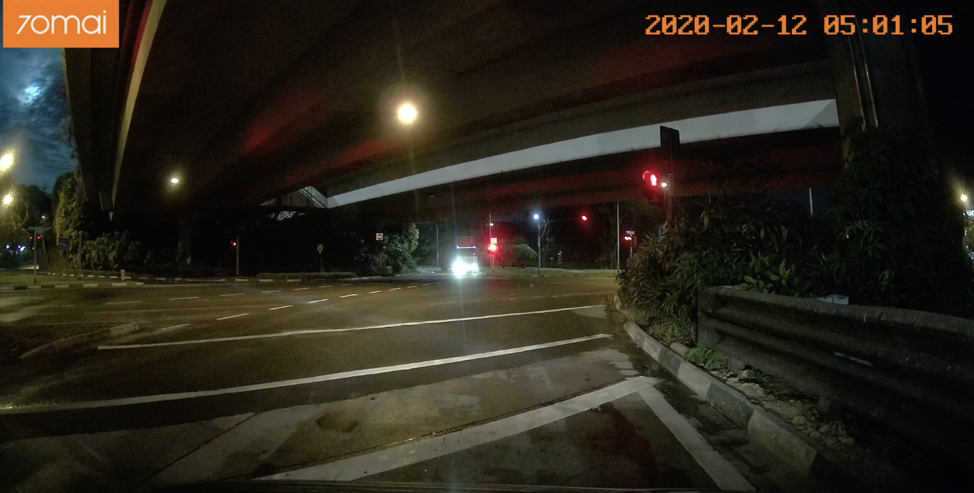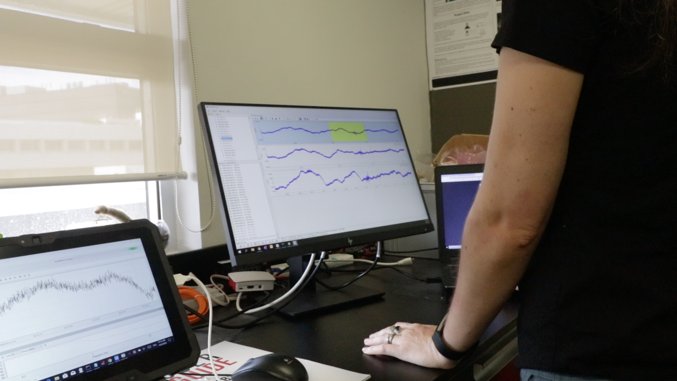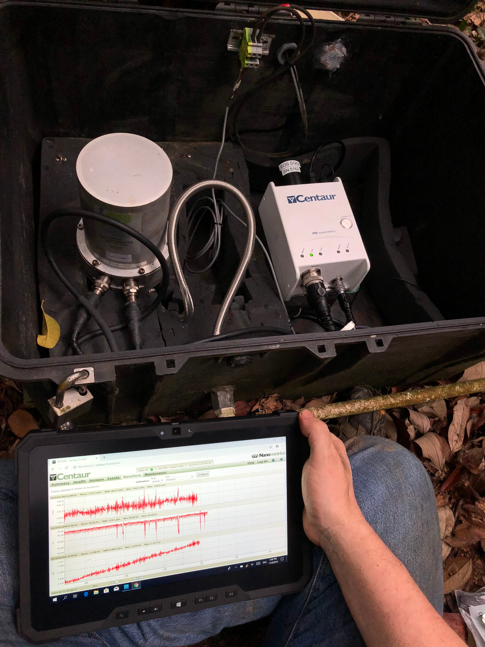
In the early morning at about 5am on 12 February 2020, a bright object was seen in the sky. It blazed over Singapore and Johor Bahru, Malaysia, and its lights were caught on two dash-cam videos. The video that was filmed in Singapore was captured near the Nanyang Technological University campus, next to the Jalan Bahar flyover.

When an object enters the Earth’s atmosphere and burns up on entry, the way we name it depends on how big it is, as well as how bright. For example, an asteroid is a piece of rocky, iron, or icy debris, over one metre in diameter, flying through space, while a meteoroid is an object measuring less than one metre.
Once this object enters the atmosphere and begins to burn up, the light emitted is called a meteor and, depending on the size and brightness, it can also be called a fireball or bolide. The fragment that eventually reaches the ground is called a meteorite.

Explosions like this fireball generate pressure waves in the atmosphere. Sound is generated from pressure waves, and sound below human hearing is called infrasound (just like infrared is outside the range of visible light). The lowest frequencies travel the furthest and, in this case, while the explosion was not audible in Singapore, the infrasound was recorded on a local infrasound array.
The Singapore INfrasound Group (SING) at the Earth Observatory of Singapore (EOS) operates an array of five infrasound sensors around MacRitchie Reservoir. This array is designed for the detection of regional volcanic eruption signals. Like fireballs, volcanoes also produce infrasound through explosions and the signals can be surprisingly similar.

The MacRitchie array recorded a signal associated with this event at 05:03:49 am local time (21:03:49-21:11:15 UTC). One of the advantages of using an array is that the infrasound arrives at the different sensors at slightly different times, and these offsets can be used to determine the direction of the signal. Additionally, the difference between the speed of light and the speed of sound can be used to determine approximately how far away the source is. The analysis for this signal indicates that the fireball was located around 60 km southwest of Singapore, or somewhere between Singapore and Sumatra.

So just how big was this explosion? Based on the dominant frequency of the resulting signal, this explosion is the equivalent of 7.7 tons of TNT, or around 30 lighting flashes. Like lightning, energy is released as light (the flash) and as sound (thunder). Because infrasound is simply low frequency sound, the data can be sped up into the audible range and we can actually hear the fireball!
If you see a fireball, you can always submit a report to the American Meteor Society or the International Meteor Organization.